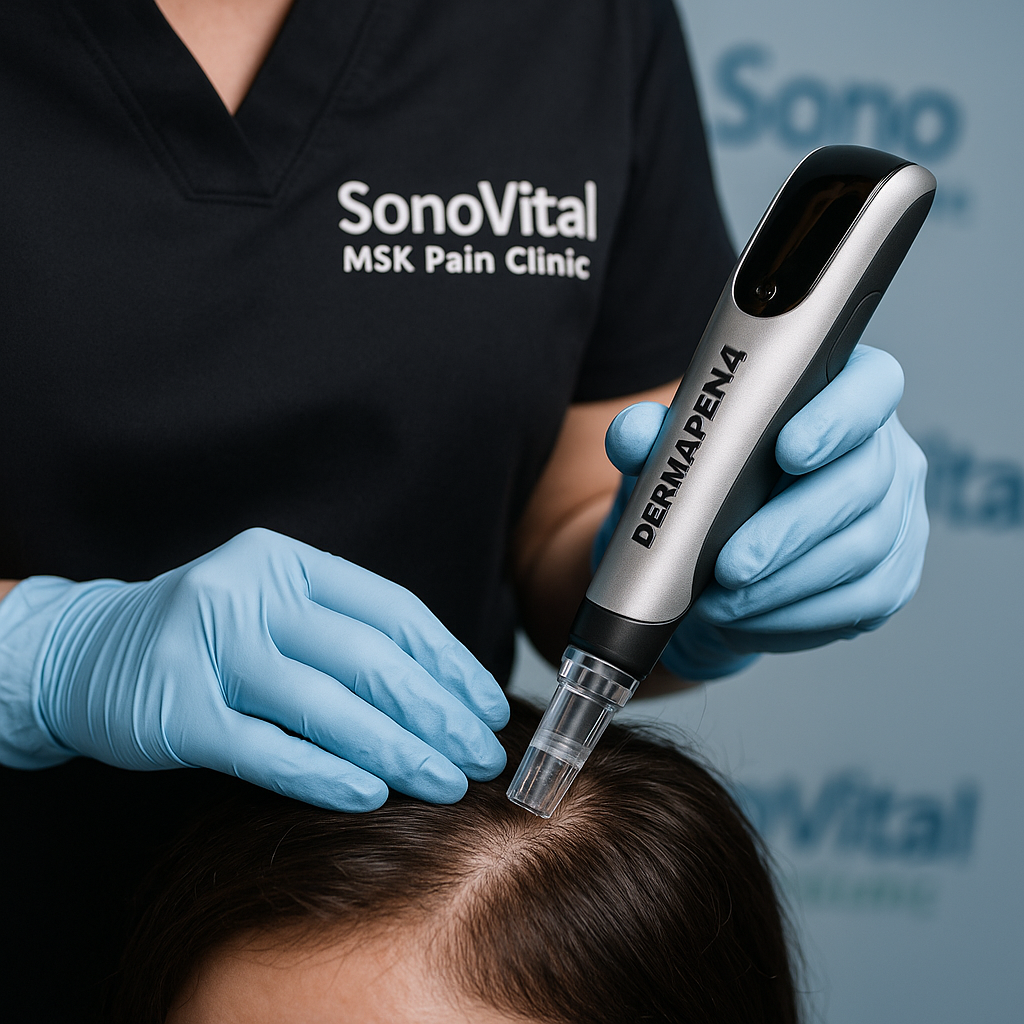Harnessing the Power of PRP Injections for Musculoskeletal Pain Relief: Why Ultrasound Guidance Matters
Platelet-Rich Plasma (PRP) injections have rapidly gained attention in the medical world as a groundbreaking, minimally invasive solution for musculoskeletal pain. By leveraging the body's own healing mechanisms, PRP therapy presents a natural, regenerative treatment option for conditions such as tendonitis, arthritis, ligament injuries, and sports-related trauma.
But while PRP itself is a powerful tool, one factor often overlooked in discussions is how critical ultrasound guidance is in ensuring the accuracy and effectiveness of these injections.
What Are PRP Injections and How Do They Work?
PRP injections use a patient’s own blood, processed to concentrate the platelets and growth factors that play a vital role in tissue repair. Once injected into the site of injury, PRP can reduce inflammation, stimulate cell regeneration, and support long-term healing.
Conditions that commonly benefit from PRP include:
- Chronic tendon injuries (e.g., tennis elbow, Achilles tendinopathy)
- Osteoarthritis (especially of the knee)
- Muscle and ligament injuries
- Post-surgical recovery support
The Game-Changer: Ultrasound-Guided PRP Injections
Why Accuracy Matters
The effectiveness of a PRP injection heavily depends on accurate placement of the solution. Without imaging, there's a risk of injecting PRP into surrounding tissues rather than the precise site of injury. This can significantly diminish the treatment's efficacy.
Benefits of Ultrasound Guidance:
- Precision targeting: Ultrasound allows real-time visualization of tendons, ligaments, joints, and surrounding structures to ensure the injection is delivered exactly where it's needed.
- Improved outcomes: Studies show that ultrasound-guided injections result in better pain relief and faster recovery compared to blind (non-guided) techniques.
- Reduced risk: Accurate placement minimizes the chance of tissue damage or ineffective treatment.
- Patient confidence: Many patients feel more comfortable knowing their treatment is guided by advanced imaging technology.
Faster Recovery with PRP Therapy
One of the key advantages of PRP is its ability to accelerate the healing process. For athletes or active individuals, this means a quicker return to sport or physical activity with less reliance on medications or invasive surgeries.
- Enhanced tissue regeneration: Growth factors in PRP activate stem cells and support new tissue development.
- Decreased inflammation: Many patients report substantial relief from chronic pain and swelling.
- Sustainable results: Unlike cortisone shots that may wear off, PRP can promote longer-lasting healing.
The Science Behind PRP: What Research Says
Emerging clinical evidence continues to validate PRP as a reliable therapy for musculoskeletal conditions:
- A 2021 study in The American Journal of Sports Medicine found that patients with knee osteoarthritis experienced significant pain reduction and improved joint function after PRP treatment.
- Research in The British Journal of Sports Medicine suggests that PRP is more effective than placebo or corticosteroids for conditions like lateral epicondylitis (tennis elbow).
- When combined with ultrasound guidance, outcomes improved even further, emphasizing the importance of this approach.
Final Thoughts: Optimizing PRP Treatment Through Technology
PRP therapy represents a safe, natural, and effective option for those seeking pain relief and healing from musculoskeletal conditions. But to unlock its full potential, the use of ultrasound guidance is essential.
Whether you're an athlete dealing with repetitive strain or someone suffering from arthritis, PRP injections—when performed with ultrasound precision—can dramatically enhance recovery, function, and quality of life.
Ready to Experience the Benefits of PRP?
